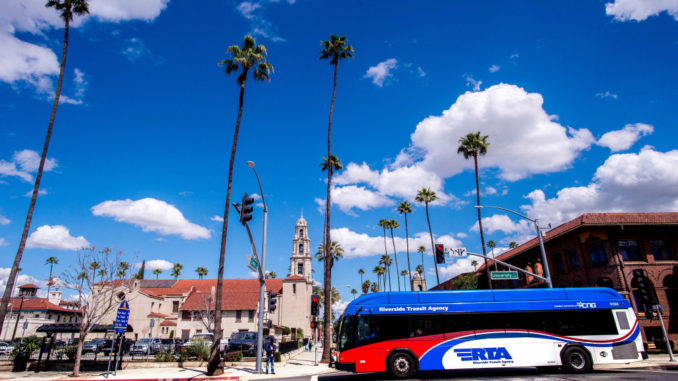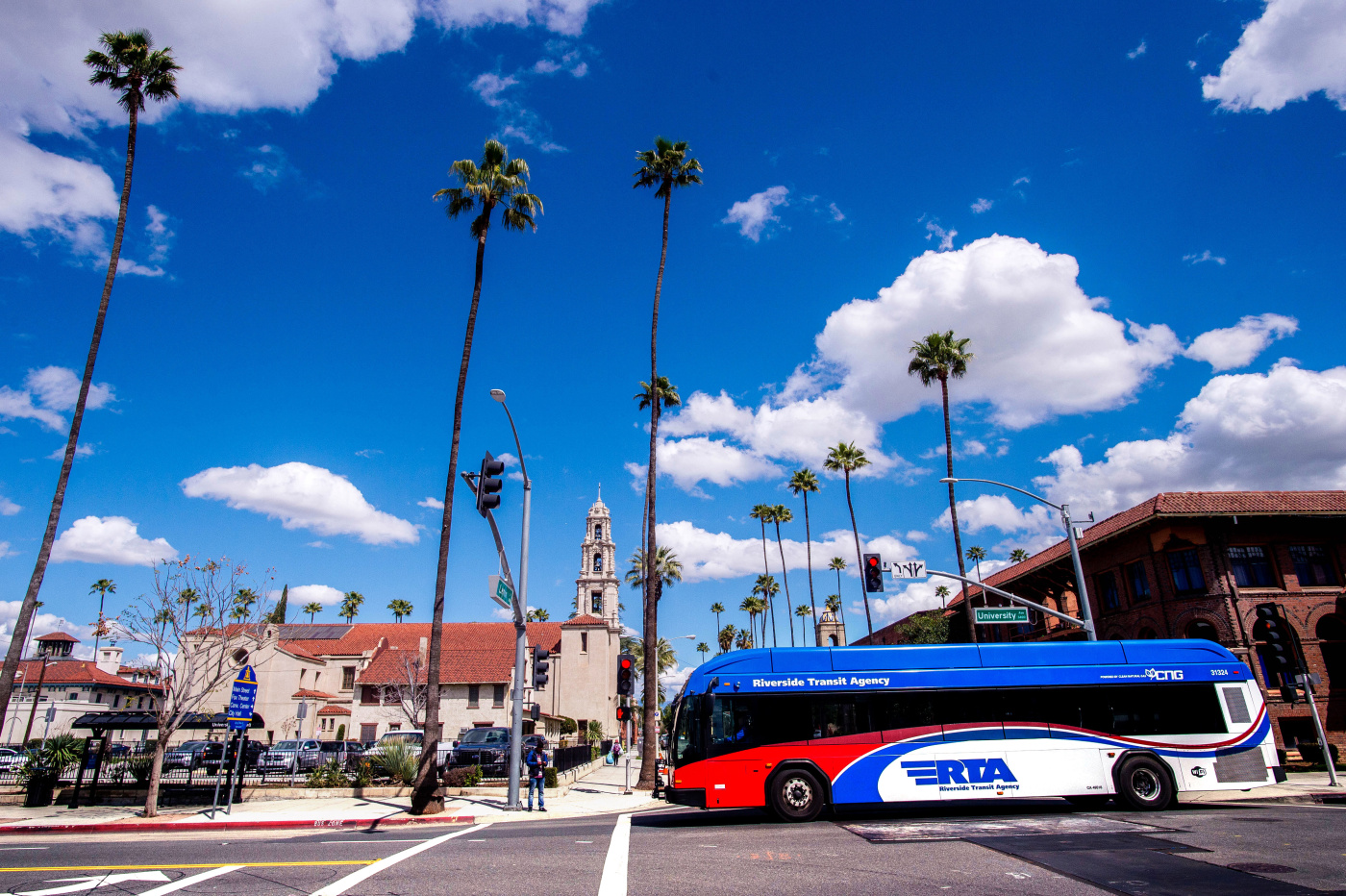
The Inland Empire hosted three major events in rapid succession in late September that point to a very different, and promising, future for our region.
These included the IE RISE summit on Friday, September 25, the Generation IE Youth Summit the next day, and the release of a report on education equity in the Inland Empire the following Wednesday.
These events all showcased an emerging coalition of community organizations, government agencies, and funders that is large, multi-generational, and racially diverse. Just as important, these groups are united in their vision of building an Inland Empire that is far more inclusive, sustainable, and equitable than what many have resigned themselves to.
As organizers and collaborators in these various efforts, we can attest to the tremendous amount of work it has taken to get our region to this place, and to this moment.
As the Center for Social Innovation’s report on civic engagement noted in December 2019, significant and patient investments in civic engagement, including redistricting and voter engagement, have improved turnout and representation among many communities that have been historically marginalized.
In addition, millions of dollars in public and private funding associated with Census outreach flowed into the region over the last two years, unifying the region in various respects—across racial and geographic lines, and across sectors by building deeper relationships between community, government, business, academia, and philanthropy
It is on this foundation that IE RISE, the Inland Empire Roadmap for an Inclusive and Sustainable Economy, was built. Local governments relied on trusted nonprofit partners to help deliver on the Census, with millions of public dollars at stake. Community organizations now believe the time is ripe to build on these strong foundations. They are laying out a vision for inclusive regional economic development with “hard to count” populations at the center of the work rather than the periphery.
Realizing the vision of inclusive, sustainable, and equitable development is closer than we think. During the IE RISE summit, the San Bernardino County Transportation Authority, a key partner in 2020 Census outreach, acknowledged the harm that prior highway projects have caused in communities of color, dividing them from commercial districts and hastening economic decline.
In addition to vowing to do better and promoting economic healing and reinvestment in these communities, the SBCTA also laid out several innovative transportation projects, ranging from Redlands Rail to the proposed high-speed electric train connecting Rancho Cucamonga to Las Vegas, to the electrification of our freight infrastructure. All of these developments have the potential to create thousands of new, high-paying jobs that also reduce regional air pollution.
Economic expertise and policy expertise is not confined to government and academic partners in IE RISE. At the summit, Alianza Coachella Valley discussed their decade-long work and success in developing regional infrastructure, and in getting developers and government agencies to include community voices early and often in the decision-making process.
Similarly, Sigma Beta Xi and Youth Mentoring Action Network discussed the important ways that community inclusion and empowerment have improved education equity in the region, moving away from the vicious cycle of disciplining, punishing, and pushing out students of color and reorienting educational systems towards prevention, healing, and economic empowerment.
These latter themes carried through in the Generation IE summit and in the community panel that was part of the rollout of the education equity report released by the Center for Social Innovation. Young people, who often have been talked about as the future of the region but rarely invited to design that very future, took charge in the youth summit and laid out their ideal of an Inland Empire in 2030 that would better serve the needs of young people.
For several weeks, young leaders representing the entire Inland Empire region had been meeting to educate themselves about the health, education, environmental and work landscape in the region. Then, at the Generation IE summit, these leaders led breakout sessions with their peers and came up with refreshing and bold policy ideas and community solutions. For example, one group of youth discussed the lack of healthy food options in many neighborhoods.
They suggested creating policies that better cared for Black and brown people, including incentivizing healthy food markets to come into low-income neighborhoods. Young people also had much to say about the future of work in the region, and came up with ideas to produce cleaner and more sustainable jobs that are worthy of consideration by any of our region’s workforce development and economic development agencies.
Regardless of the venue, we found some striking similarities that bode well for the future of our region. Young people, communities of color, and low-income residents are getting more engaged in shaping the future of the Inland Empire. Expertise is no longer seen as being confined to academic researchers or government agencies alone.
Thanks to the collaborations that have grown out of Census outreach, we have a broad coalition that is deeply committed to ensuring that our region is far more equitable and sustainable by 2030 than it is today.
Sky Allen is the coordinator of IE RISE, Karthick Ramakrishnan is founder and director of the Center for Social Innovation at UC Riverside, Torie Weiston-Serdan is the co-founder of Youth Mentoring Action Network.






